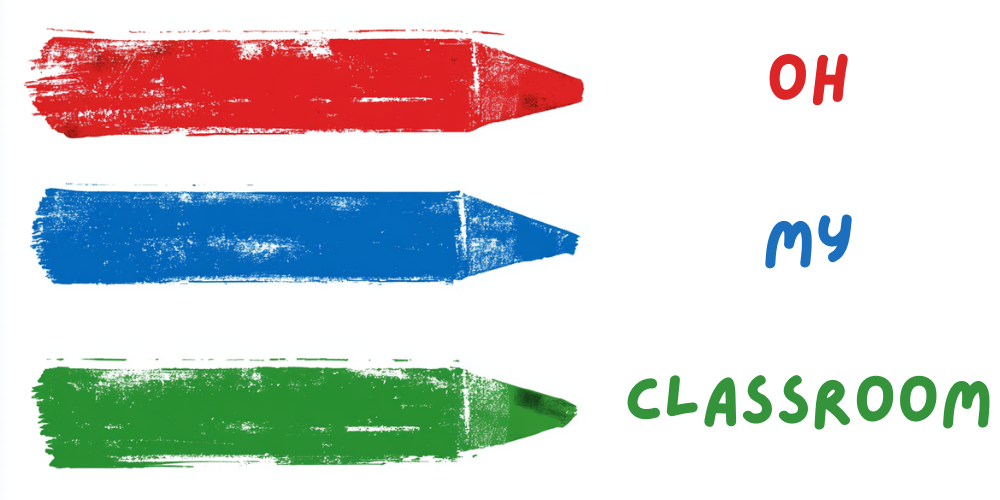Get ready to ignite your preschooler’s imagination with these creative number 6 activities for preschoolers!
Through exploration and play, preschoolers will develop number recognition, counting abilities, and a deeper understanding of the numeral 6.
Rainbow Number 6:
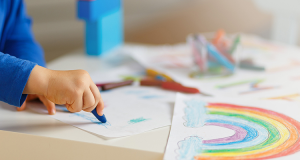
Create a colorful rainbow-themed activity where children can explore the number 6. Provide them with blank white paper and various art supplies like crayons, markers, or colored pencils. Encourage the children to draw a large number 6 on the paper, and then use different colors to decorate it, creating a vibrant rainbow effect.
Counting with Blocks:
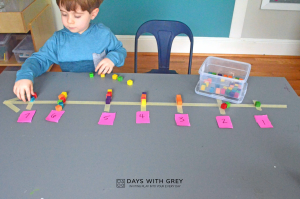
Using building blocks, engage preschoolers in a hands-on counting activity centered around the number 6. Provide them with a pile of blocks and ask them to count out six blocks. Encourage them to stack the blocks, creating a tower or structure.
Number Hunt:
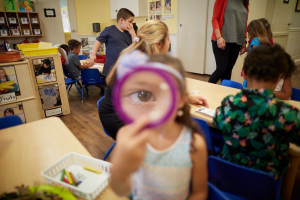
Transform your classroom or play area into an exciting number hunt adventure. Hide various numeral 6 cutouts or objects around the room. Provide children with magnifying glasses or binoculars and ask them to search for the hidden number 6. As they find each one, they can collect them or mark them off on a scavenger hunt sheet.
Related: 20 Exciting Indoor Games for 6 to 12 Year Olds
Number Storytime:

Combine literacy and math skills by incorporating the number 6 into a storytime activity. Choose a children’s book that focuses on the number 6 or incorporates it into the storyline. As you read the book aloud, pause at each mention of the number 6 and encourage children to count along with you.
Shape Collage:
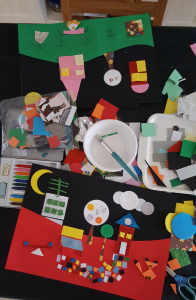
Invite preschoolers to create a shape collage centered around the number 6. Provide them with various shapes cut out of colored construction paper, including six circles. Supply glue sticks and large sheets of paper.
Counting Snack:
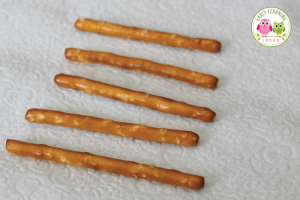
Turn snack time into a counting adventure with a delicious counting snack activity. Provide children with a tray or plate and give them six different snacks such as pretzels, grapes, or crackers. Ask them to count out six pieces of each snack item and arrange them on the tray. Then, invite them to enjoy their snack while reinforcing their counting skills.
Number Hopscotch:
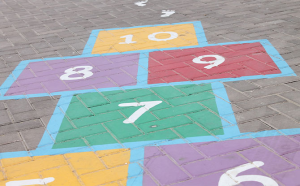
Create a number hopscotch game on the floor or playground using large number cutouts, including the number 6. Invite children to take turns hopping on the numbers in sequential order, starting from 1 and reaching the number 6.
Dice Roll and Count:
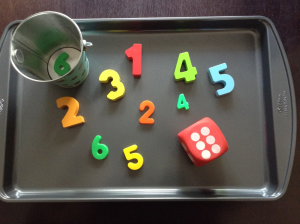
Introduce a dice-based counting game to engage preschoolers with the number 6. Provide each child with a dice and a sheet of paper with the number 6 written prominently on it. Instruct them to roll the dice and count the number of dots that appear. If they roll a six, they can mark off or color in one instance of the number 6 on their paper. The objective is to fill their sheet with six marks.
Playdough Counting:
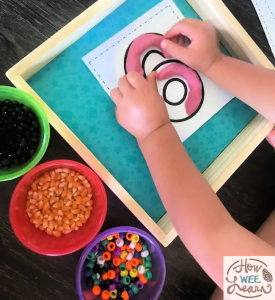
Provide children with playdough and small objects like buttons or beads. Instruct them to count out six objects and embed them into the playdough, creating a tactile representation of the number 6.
Number Fishing:
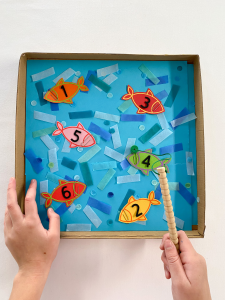
Create a DIY fishing game by attaching paper clips to numeral 6 cutouts and using a magnetic fishing rod with a magnet at the end. Scatter the number 6 fish in a small pool or container filled with water, and let children “fish” for the number 6.
Shape Hunt:
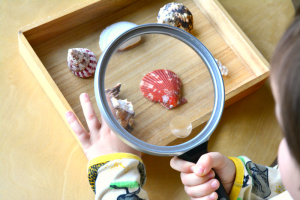
Encourage children to explore their surroundings and search for objects that resemble the shape of the number 6. Provide them with magnifying glasses or binoculars to make the hunt even more exciting. Once they find objects that resemble the number 6, they can collect them or take pictures.
Number Relay Race:

Divide children into teams and set up a relay race. Create six stations along the racecourse, each with a different task related to the number 6. For example, at one station, children can stack six cups, and at another station, they can jump rope six times. The team that completes all six stations first wins the race.
Dot Marker Art:
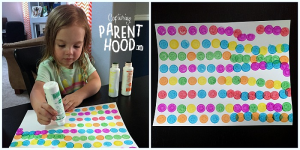
Provide children with dot markers and paper. Instruct them to use the dot markers to create a pattern of six dots, either randomly or in a specific design. They can repeat this pattern to create a colorful and visually appealing artwork centered around the number 6.
Number Puzzle Matching:
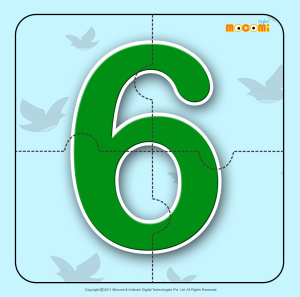
Create a set of puzzle pieces, each featuring a different representation of the number 6. Cut out numeral 6 shapes, dot patterns, tally marks, or pictures with six objects. Mix up the pieces and have children match them together to complete the puzzles.
Sensory Number Tracing:
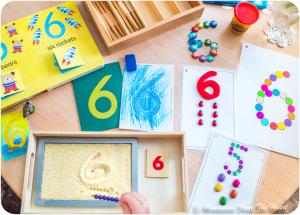
Prepare a tray with a thin layer of sand, rice, or salt. Encourage children to trace the number 6 with their fingers in the sensory material. They can experiment with different textures and patterns, feeling the grains as they trace the shape.
Nature’s Collection:
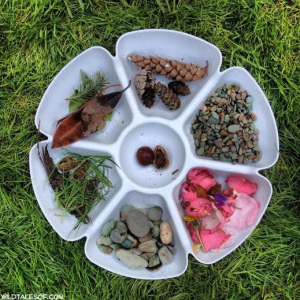
Take children on a nature walk and guide them to collect natural objects that come in groups of six, such as leaves, sticks, or flowers. Once they have gathered their collection, invite them to arrange the objects into groups of six and count them. They can also create a nature collage using the collected items.
Number Hopscotch Relay:
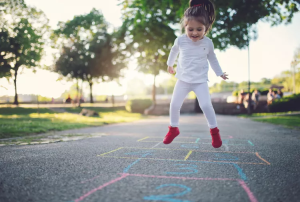
Set up a hopscotch grid with numbers 1-10, including the number 6. Divide children into teams and have them take turns hopping to the number 6 and back, tagging their teammates to continue. The first team to complete the relay wins.
Rainbow Counting Game:
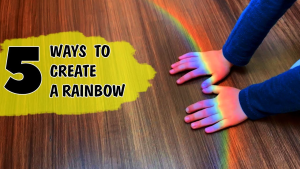
Create a large rainbow shape on the floor or wall, divided into six sections. Place a different colored object in each section. Have children count and place the corresponding number of objects in each section of the rainbow, emphasizing the number 6.
Shape Sorting:
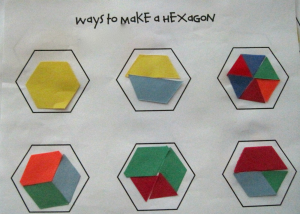
Provide children with a variety of shape cutouts, including circles, squares, triangles, and hexagons. Instruct them to sort and match the hexagons to the number 6, while organizing the other shapes separately.
Tower Challenge:
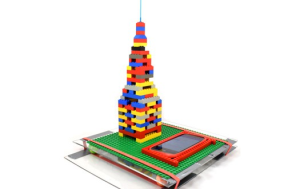
Give children six building blocks and encourage them to construct the tallest tower they can using only those blocks. They can experiment with different stacking methods to achieve the highest tower possible.
Counting Necklace:
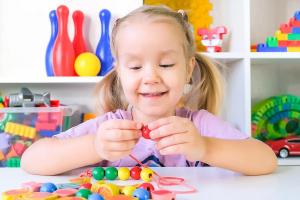
Provide children with a length of string and a bowl of beads. Instruct them to thread exactly six beads onto their necklace, counting each one as they go. They can wear their counting necklaces proudly, showcasing their understanding of the number 6.
Missing Number Hunt:
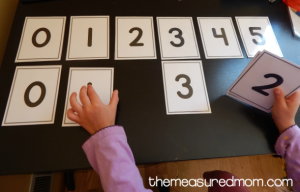
Create a set of number cards from 1 to 10, with one card missing (the number 6). Hide the number 6 card somewhere in the room and scatter the remaining cards. Ask children to search for the missing number 6 card and place it back in the correct sequence.
Number Relay Painting:

Set up a painting station with different colors of paint and large numeral 6 cutouts. Divide children into teams and provide each team with a brush and a designated paint color. In a relay-style fashion, one child from each team paints a section of the number 6, passing the brush to the next teammate. The team that completes painting the number 6 first wins.
Counting Obstacle Course:

Create an indoor obstacle course with various stations, each featuring a different activity related to the number 6. For example, at one station, children can jump over six hula hoops, and at another, they can crawl under a tunnel six times. They can move through the course, completing each task while counting to six.
Bean Bag Toss:
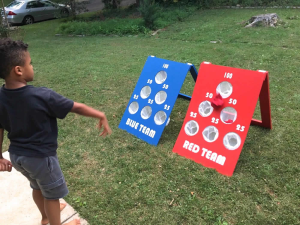
Create a bean bag toss game with a target board featuring the number 6. Draw or print a large number 6 on a poster board or cardboard and cut out a hole in the center. Place the target board on the ground or hang it up. Have children take turns tossing bean bags into the hole while counting how many bean bags land successfully.
Dice Dot Patterns:
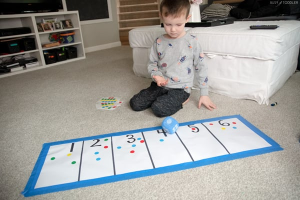
Provide children with dice featuring dots on each side. Instruct them to roll the dice and count the number of dots that appear. Ask them to create a dot pattern on a piece of paper or a mini whiteboard that matches the number rolled. For example, if they roll a six, they can draw six dots in a specific arrangement.
Related:
Number 1
